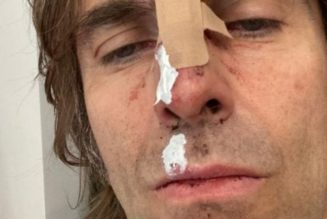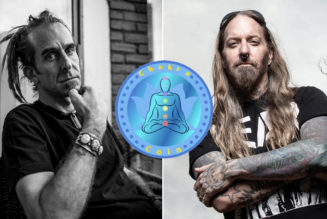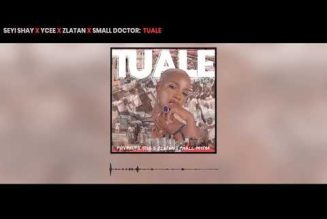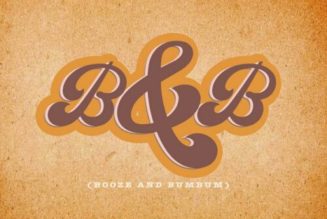
Editor’s Note: Crate Digging is a recurring feature in which we take a deep dive into a genre and turn up several albums all music fans should know about. This time, we celebrate Women’s History Month with a deep dig into the riot grrrl genre.
Emerging from the deep forests of The Pacific Northwest, riot grrrl was a rasping rallying cry at a time when gender norms weighed heavily on the mosh pits and politics imposed itself dangerously on ovaries and queerness. With punk legends like Patti Smith and The Slits preceding them, the emerging DIY feminist punk movement of the ’90s brought with it grievances of the third wavers. Faced with no space in the existing punk-rock scene, attention was turned to tackling sexism and carving out a new underground alternative. A movement of rioting girls who set out to normalize women’s anger and celebrate sexuality began to gain traction.
The term riot grrrl originated in the early ’90s almost as an offhand compliment that got written into Xeroxed fanzines that began to circulate among punk rock and feminist communities first in the Pacific Northwest, then across the country, and eventually around the globe. Early participants deliberately used “grrrl” instead of “girl” to remove the passive association with the word “girl” as well as to display the anger behind the movement, reminiscent of a growl. Due to the founding women’s punk roots and use of shock protest, the public viewed riot grrrl in a more radical light than other feminist groups. The movement encouraged females to become more involved in the male-dominated punk scene, opposed to in the 1970’s, where women were generally only considered “punk” through the association of being a girlfriend of one of the male members of the group. The increasing awareness led to the creation of local riot grrrl weekly meetings that eventually turned into national conventions.
There was a decentralized but effective subculture of activist chapters that organized protests and performances, produced visual art and zines, and also just sat around and talked. And, of course, there were recordings: handmade cassette tapes, small-label 45s, EPs, LPs, and even CDs, all of it. The movement blasted feminism into the future politically, centering the needs of a new generation with affirmative action strategies, sardonic mantras and slogans such as “girl power” and “support girl love.” Riot grrrl became one of the most limber branches of what was declared third wave feminism. Materially, the music was old-school, arguably the last blast of a pre-tech age. The mantra was “do it yourself.” If you wrote a good song, you recorded it as quickly and cheaply as you could, then pressed it up and stuck it inside some cut-up-graphics-style paper, and you didn’t give a fuck.
–Samantha Lopez
Contributing Writer










